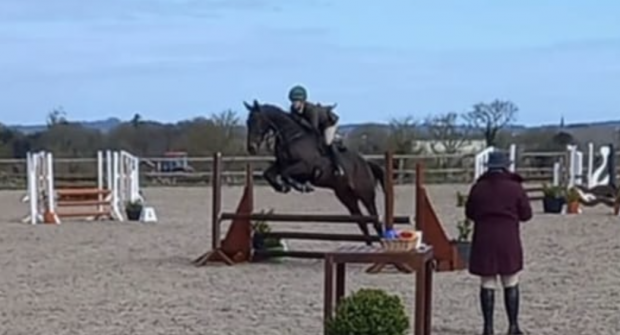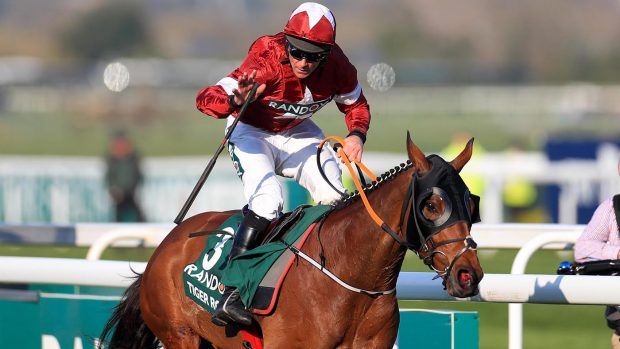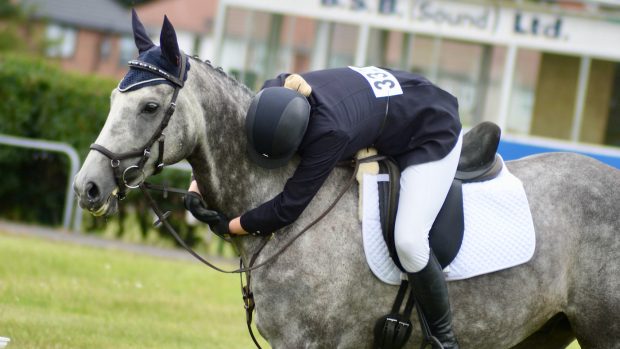Spillers' equine nutritionist Clare Barfoot provides one H&H forum user with some helpful advice on how to feed her ex-racehorse who requires more condition
Q: I have just bought a 12-year-old ex-racehorse. You can see his ribs and his topline is non-existent. He lives out 24/7. Can anyone recommend a conditioning feed that will help improve this problem?
A: Lack of condition and topline can often be an issue with ex-racehorses; their diet, exercise and daily routine in full training is likely to have been very different to their new life! That’s not to say they can’t adjust and make excellent performance horses in a different equestrian sphere such as dressage or eventing or as a riding club horse.
The trick is to adjust them slowly to their new life, both in terms of feeding and lifestyle. As your horse is a 12-year-old I’m assuming he has been out of training for some time, so evaluating his diet with the aim of improving his condition and topline will be the same as it would be for any other horse or pony.
Firstly, if the weight loss has been sudden have a chat with your vet to eliminate any clinical cause before looking at the diet. It is also worth checking that his worming regime is up to date and doing a full worm count to eliminate a high worm burden as a potential issue. Next check his teeth have been seen by an equine dental technician or vet in the past six months.
After you have gone through this checklist it is important that you objectively as possible assess his current condition. The best way of doing this is by body condition scoring ideally using the 1-9 scale which assesses six key areas of the body where fat is usually stored. The scores for each individual area are then added together and averaged – this then represents your horse’s overall score. The ideal score is five, so if your gelding comes out below this score it’s time to re-evaluate his diet.
Continued below…
Related articles:
- H&H forum: find out what H&H readers suggested
- Video: how to fat score your score
- Feeding oil to help boost body condition
It is important to acknowledge that topline is a term that describes muscle development over the neck, withers and back, not fat coverage, as this is often confused. A well-muscled thoroughbred may have a better ‘topline’ than a cob – the cob may appear more rounded over his spine, but it may just be fat coverage. True topline requires a well-balanced diet alongside appropriate work. However, if overall condition is what is required, the calories/energy of the diet need to be increased so the first action is to evaluate his current diet.
If your gelding isn’t having any additional feed you could start by introducing a low energy feed such as SPILLERS Horse and Pony Cubes fed at 3kg per day (split between two meals) alongside SPILLERS Conditioning Fibre. If, on the other hand, he is already on the recommended level of a low energy feed you can opt for a conditioning feed such as SPILLERS Conditioning Cubes. Try to avoid mixes if he is prone to excitability as they tend to be higher in cereal starch, which can make behavioural issues worse in some individuals. In the winter you will need to feed additional forage to replace the calories supplied by grass especially is he is stabled for some or all of the time. As he sounds like he is not prone to weight gain I suggest you feed him this ad lib (as much as he will eat).
For more information on feeding to support weight gain call the SPILLERS Care-Line on 01908 226626.





